As the popularity of takeout food continues to rise, so does the need for efficient and eco-friendly / sustainable takeout packaging solutions. In recent years, there has been a remarkable shift in the way restaurants and food establishments package their to-go orders. Gone are the days of Styrofoam containers and foil pans that harm the environment. Today, the focus is on sustainable alternatives that not only preserve the freshness and quality of the food but also minimize the ecological footprint. In this article, we will explore the evolution of takeout food packaging, from traditional paper bags to the innovative and sustainable takeout packaging options available today.
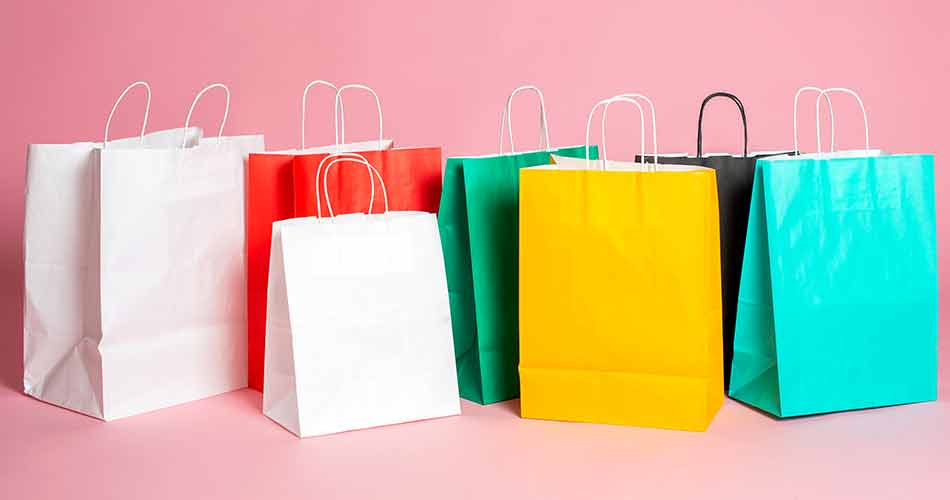 The Era of Paper Bags
The Era of Paper Bags
Once upon a time, paper bags were the go-to option for packaging takeout food. And, they’re still inexpensive, lightweight, and relatively durable.
Today there is a much larger variety of sustainable takeout food packaging alternatives.
Visit MrTakeOutBags.com for paper bag options: https://www.mrtakeoutbags.com/store/paper-bags.html
The Advent of Biodegradable Materials
In response to the demand for greener packaging, biodegradable materials began to gain popularity. Packaging made from materials like cornstarch, sugarcane bagasse (fiber), and wheat bran emerged as viable options. These materials are not only eco-friendly but also have the advantage of being compostable, meaning they can break down naturally and return to the earth without leaving behind harmful residues. Biodegradable containers and bags provide a more sustainable solution, ensuring that the packaging itself does not contribute to the growing waste crisis.
Here are links to just some of the biodegradable options featured on MrTakeOutBags.com:
https://www.mrtakeoutbags.com/store/biodegradable-wave-style-carryout-bags.html
https://www.mrtakeoutbags.com/store/ecosource-plates.html
https://www.mrtakeoutbags.com/store/biodegradable-cutlery-flatware.html
 The Rise of Plant-Based Sustainable Takeout Packaging
The Rise of Plant-Based Sustainable Takeout Packaging
As the world became more conscious of the environmental impact of packaging, the focus shifted toward plant-based alternatives. Plant-based packaging utilizes materials like bamboo, bagasse (sugarcane waste), and palm leaves to create sturdy and sustainable containers. These materials are renewable, meaning they can be replenished faster than traditional resources. Additionally, plant-based packaging is often compostable, ensuring minimal environmental impact throughout its lifecycle.
Here are a couple of links to compostable options featured on MrTakeOutBags.com:
https://www.mrtakeoutbags.com/store/compostable-bowls-with-lids.html
https://www.mrtakeoutbags.com/store/compostable-takeout-containers.html
 Innovative Sustainable Takeout Packaging Alternatives
Innovative Sustainable Takeout Packaging Alternatives
Innovation continues to drive the evolution of takeout food packaging. Today, we see the rise of packaging made from recycled materials, including recycled paper and plastic. These materials not only reduce waste but also promote the concept of a circular economy by giving new life to existing resources. Furthermore, advancements in technology have led to the development of packaging solutions that are not only sustainable but also functional, such as leak-proof containers made from biodegradable materials and microwave-safe plant-based packaging.
Check out these examples of greener takeout packaging that you’ll find on MrTakeOutBags.com:
https://www.mrtakeoutbags.com/store/cold-drink-cups.html
https://www.mrtakeoutbags.com/store/compostable-food-containers.html
https://www.mrtakeoutbags.com/store/recycled-shopping-bags.html
Consumer Awareness and Impact
The growing awareness and concern among consumers about the environment have played a crucial role in shaping the evolution of takeout food packaging. Customers now actively seek out restaurants and food establishments that prioritize sustainability and eco-friendly practices. As a result, businesses are under pressure to adopt packaging solutions that align with consumer values. This shift in consumer preferences has accelerated the development and adoption of sustainable packaging alternatives in the food industry.
Conclusion
The evolution of takeout food packaging to sustainable alternatives is a testament to our growing commitment to protect the environment. The transition from conventional packaging materials to biodegradable and plant-based options has significantly reduced the ecological impact of takeout food consumption. As the demand for sustainability continues to rise, it is essential for businesses to embrace innovative and eco-friendly packaging solutions. By doing so, they not only contribute to a healthier planet but also appeal to environmentally conscious consumers who are eager to support businesses that share their values. Together, we can shape a future where enjoying takeout food doesn’t come at the cost of the environment.

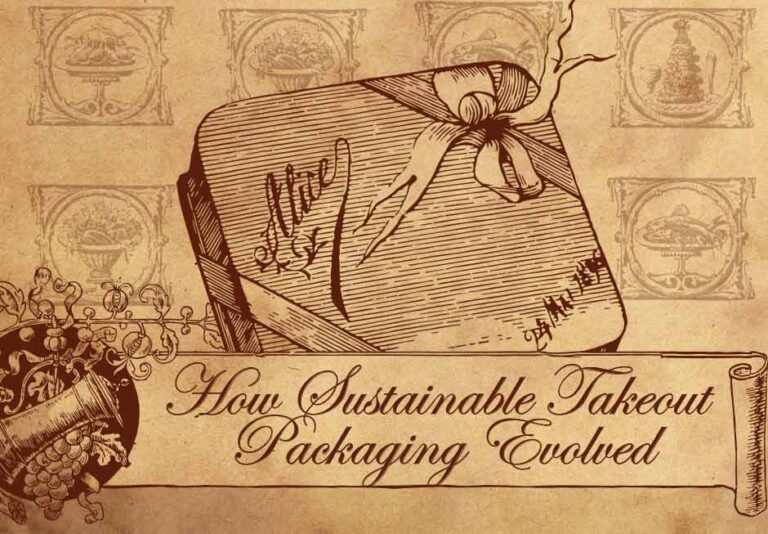
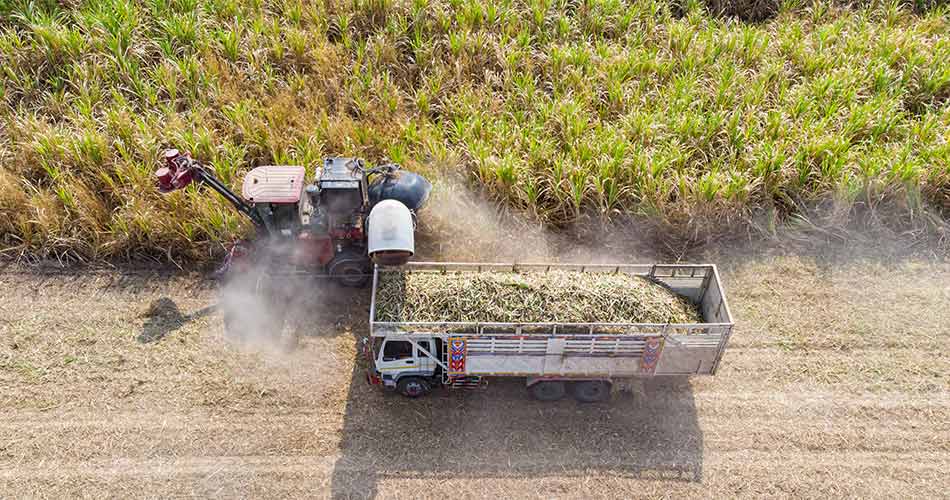
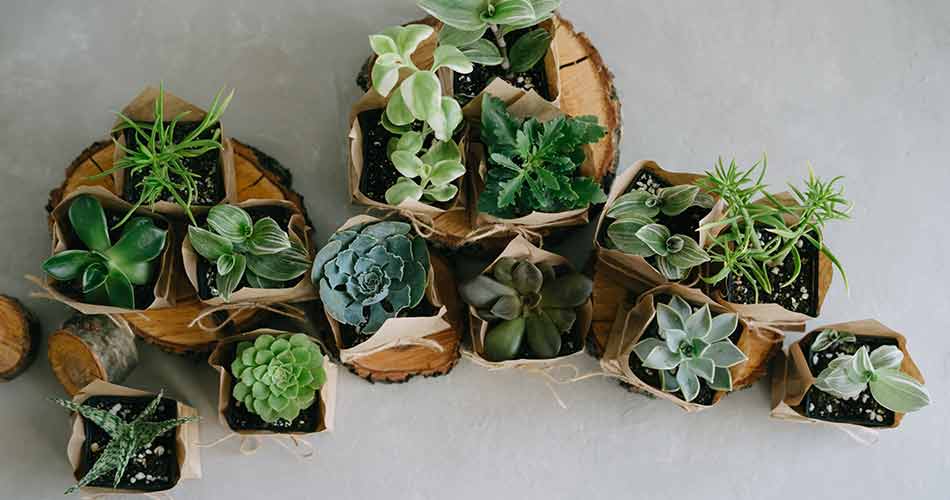 The Rise of Plant-Based Sustainable Takeout Packaging
The Rise of Plant-Based Sustainable Takeout Packaging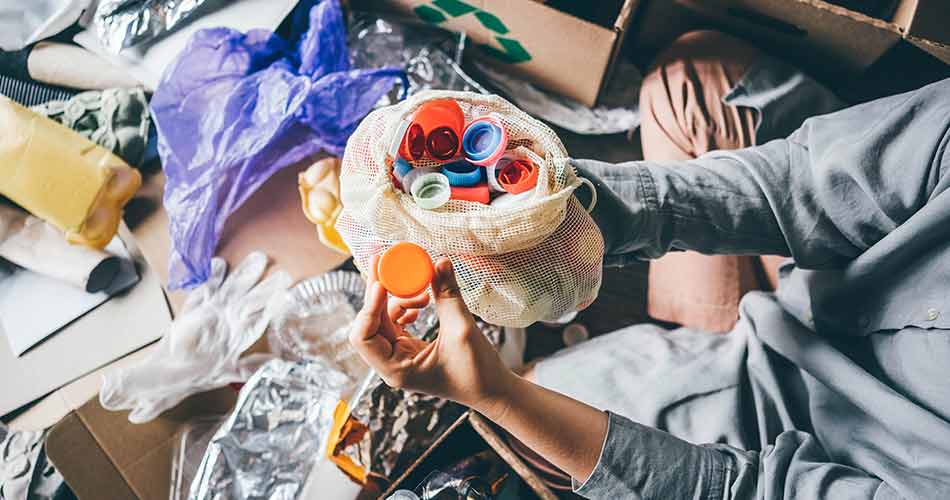 Innovative Sustainable Takeout Packaging Alternatives
Innovative Sustainable Takeout Packaging Alternatives
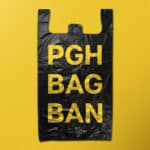
Comments are closed.